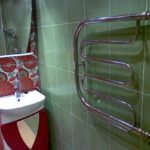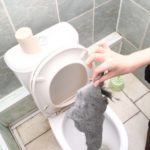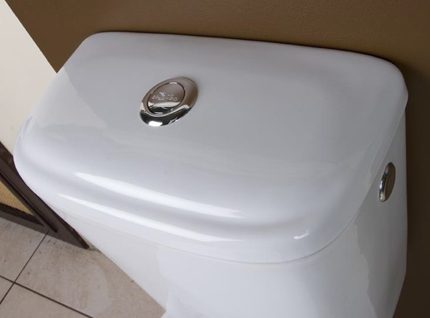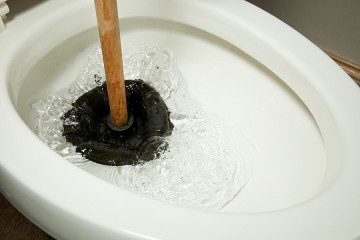What to do if the toilet is leaking at the junction with the sewer
As a rule, we don’t even think about plumbing in everyday life. It stands and stands, works and works. But as soon as a leak appears, rust appears, puddles accumulate, or in the case of continuous noise of water - that’s when we grab our heads. We immediately remember about the plumbing and understand that it requires repair. You can solve the problem by purchasing new equipment. But is it worth spending so much? It is often possible to extend the life of old equipment and fix any breakdowns on your own.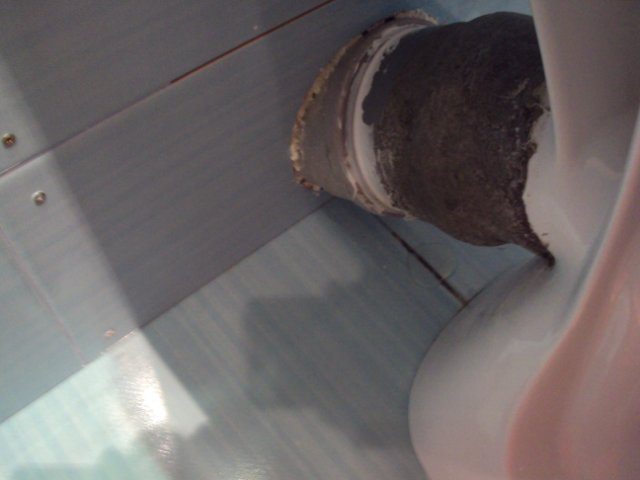
The content of the article
Causes of a toilet leaking at the junction with the sewer
There are only a few reasons why a leak may form at the sewer connection points:
- A skewed or damaged gasket is the most common cause of a leaking toilet joint. If it is new and the joint is leaking, most likely you have assembled it incorrectly or there is a defective gasket.
- The toilet bowl can often leak. This nuisance can easily be eliminated on your own. The reason for this is a dried out seal. Over time, the rubber from which it is made ceases to be elastic and cracks. The result is gaps that allow water to enter.
- Loose cistern mounting bolts.They are usually made of metal or plastic. Metal rusts over time, and plastic can burst.
- Another cause of leakage is the drain pipe.
What to do if the toilet leaks at the junction with the sewer
The procedure depends on the area and cause of the leak.
The joint between the bowl and the tank is leaking
If your plumbing has been working for some time, then most likely the leak was caused by a cracked gasket or a skewed drain tank. What to do if water oozes out because the gasket has served its purpose is clear without much explanation. It needs to be replaced. We do everything according to the instructions:
- turn off the water and empty the drain tank;
- wipe the inside of the tank dry so that not a drop of moisture remains there;
- disconnect the supply hose;
- unscrew the fastening screws holding the tank and remove it;
- remove the lock nut on the drain;
- remove the old gasket and replace it with a new one - it is better to immediately place the gasket on the sealant, it should not differ in shape and size from the old one;
- We reassemble in reverse order.
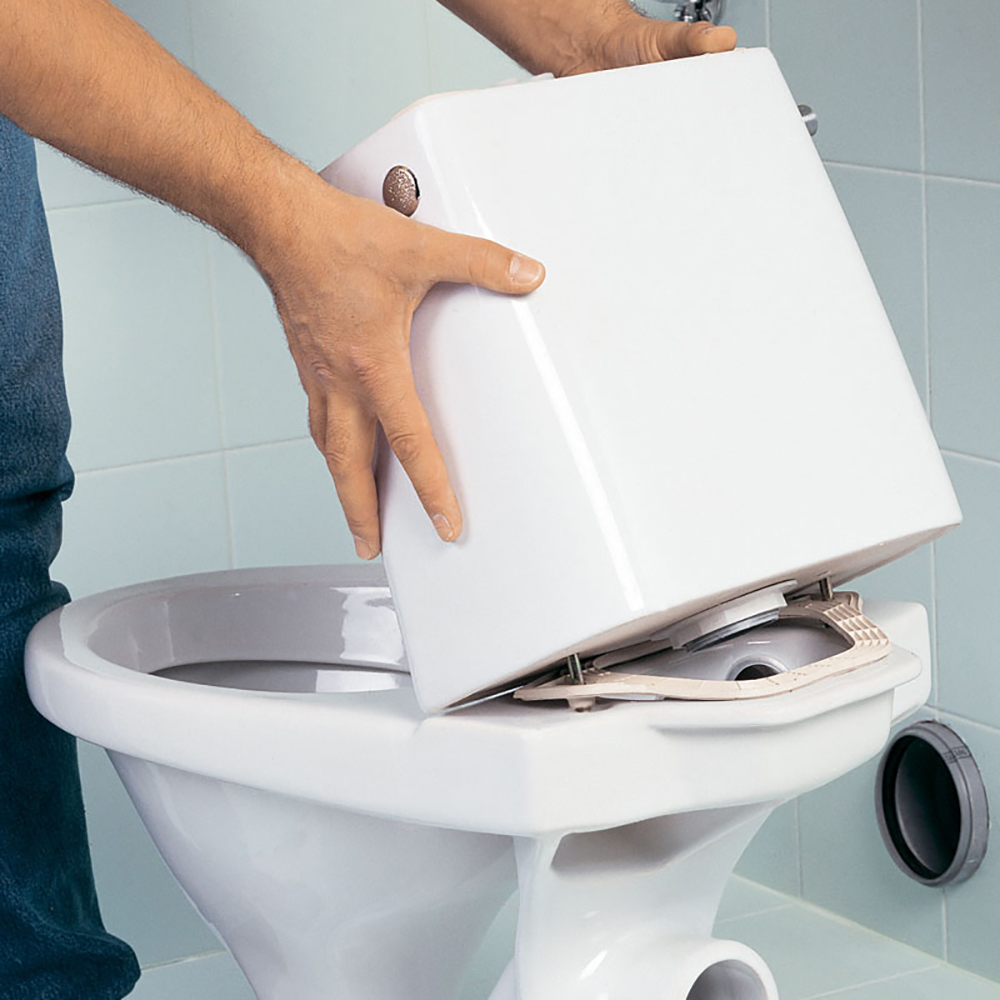
We supply water to the tank and admire the result of our labors.
The corrugation is leaking
To troubleshoot the problem, ideally it is better to remove the toilet to have more room to work, but you can do without it. What is necessary is to remove the corrugation, which has served its purpose, and clean the landing sites.
The surface of the corrugation and the seats must be treated with silicone sealant. The fit should be tight. After two hours, when the sealant has set, you can check for leaks.
In cases where dismantling the toilet is impossible or there are difficulties, and the corrugation cannot be removed, there is one trick:
- You must not use the toilet for at least a day;
- Having climbed under the device, use a stick made of wood or plastic;
- at the place where the corrugation connects to the toilet, pry it off;
- squeezing out the corrugation, apply silicone sealant inside;
- Gradually walking around the entire perimeter, treat with sealant.
The bolts are loose
Loose bolts simply need to be replaced with new ones. Everything is done very simply:
- The water is shut off and the drain tank is drained.
- The supply hose is unscrewed.
- The bolts are dismantled - you need to act with extreme caution, since they have rusted over time and are difficult to move.
- New bolts are installed, the main thing is not to forget about the gaskets - the bolts need to be tightened tightly, but not too zealously.
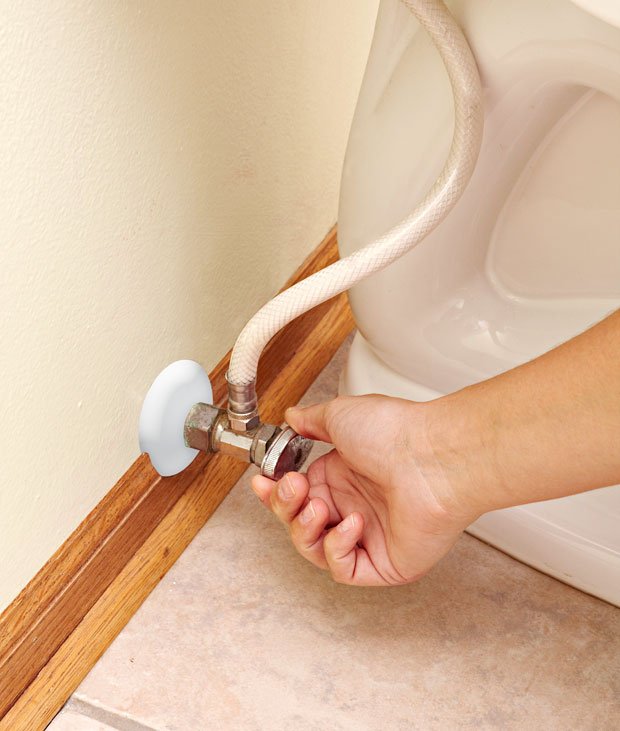
Attention! If the leak continues, the bolts are tightened a little additionally. The main thing is not to overtighten, otherwise it might burst somewhere.
Pipe leak
Very often, pipe leaks occur where the toilet sits on cement mortar. Such installation was very often used, and is still used in old houses where there has not been a major renovation for a long time. The technique is simple and reliable, but over time the pipes leak. The fact is that the coating gradually crumbles and falls off. This leads to leaks. The remaining solution enters the sewer, and the leak expands more and more.
What is the right thing to do in such cases? You must proceed as follows:
- arm yourself with a chisel with a narrow tip or a flat screwdriver and a hammer;
- beat off all the old putty - don’t hit it too hard, otherwise you’ll break the toilet outlet;
- clean everything from dirt and debris;
- fill in the remaining voids.
You can also use cement mortar to seal. Just dilute one part sand and one part cement with water. But this is already the last century.Silicone sealant is much more convenient and effective. Yes, and it is available in all hardware stores.
Before purchasing, consult with the seller which sealant is most suitable. Sanitary sealants are usually used, since they have better adhesion to the sanitary ware from which the toilet is made.
If everything is done accurately, but the leak has not been eliminated, the best option would be to invite specialists. They will be able to quickly and efficiently fix all problems. If the pipes in your house, like the plumbing, have long outlived their usefulness, then it would be wiser to update them.

